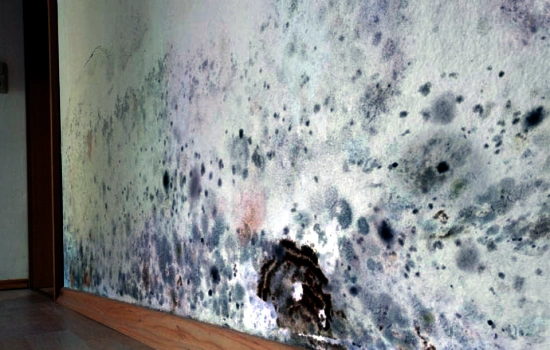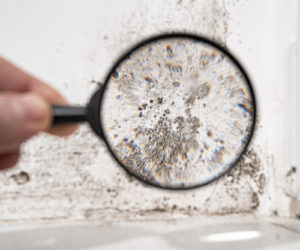Your Ultimate Guide to Blog Post Mold And Mildew Remediation Strategies
In the after-effects of mold and mildew invasion, knowing just how to successfully get rid of the mold and prevent its reoccurrence is paramount for keeping a healthy indoor atmosphere. From selecting the right cleansing and decontaminating methods to applying techniques for lasting mold avoidance, each step in the removal trip plays a critical function in guaranteeing a successful result.
Recognizing Post-Mold Removal Process
After finishing the mold remediation process, it is critical to recognize the post-mold removal techniques that are necessary to guarantee a comprehensive and effective clean-up. As soon as the mold and mildew has been gotten rid of, the next step includes cleansing and decontaminating the impacted locations to prevent any type of regrowth of mold.
Moreover, performing a final assessment post-remediation is essential to make sure that all mold has been successfully gotten rid of. This examination should include an extensive visual check in addition to potentially air tasting to confirm the lack of mold and mildew spores in the air. Added remediation might be necessary if the inspection reveals any kind of remaining mold. Last but not least, enlightening occupants on safety nets such as managing dampness degrees and quickly dealing with any type of water leakages can aid keep a mold-free setting.
Effective Cleaning Up and Sanitizing Methods

Stopping Future Mold Development

Significance of Proper Ventilation
Proper air flow plays an essential role in preventing wetness build-up, a vital aspect in mold and mildew development within interior environments. Effective ventilation systems aid get rid of excess moisture from the air, decreasing the chances of mold spores discovering the wetness they need to spread and sprout. Without sufficient ventilation, indoor click resources rooms can come to be a breeding ground for mold and mildew, resulting in potential health and wellness dangers and structural damages.
By ensuring correct air blood circulation, air flow systems can likewise help in drying out wet locations quicker after water damage or flooding cases, additionally preventing mold development. Post remediation mold testing near me. In areas like washrooms, cellars, attics, and cooking areas where wetness levels often tend to be higher, setting up and keeping reliable ventilation systems is critical in preventing mold problems

Tracking and Maintenance Tips
Provided the critical role that correct air flow plays in preventing mold growth, it is imperative to establish efficient monitoring and upkeep suggestions to make certain the ongoing functionality of air flow systems. Regular inspections of ventilation systems must be performed to examine for any kind of indications of blockages, leaks, or breakdowns that could restrain correct airflow. Surveillance humidity levels within the home is likewise critical, as high moisture can add to mold and mildew growth. Setting up a hygrometer can aid track moisture levels and sharp home owners to any spikes that might need attention. Additionally, ensuring that air filters are consistently cleansed or replaced is necessary for maintaining the efficiency of the air flow system. Carrying out a timetable for regular upkeep tasks, such as air duct cleansing and heating and cooling system assessments, can aid protect against concerns before they escalate. By remaining proactive and alert to the condition of air flow systems, residential or commercial property owners can effectively minimize the risk of mold and mildew regrowth and maintain a healthy and balanced interior atmosphere.
Final Thought
In conclusion, post-mold remediation methods are necessary for ensuring a safe and tidy environment. Comprehending the procedure, carrying out effective cleaning and decontaminating approaches, protecting against future mold development, preserving correct air flow, and normal surveillance are all essential steps in the removal process. By complying with these standards, you can efficiently remove mold and More Info mildew and prevent its return, functioning or promoting a healthy living room for all occupants.
In the aftermath of mold infestation, knowing just how to efficiently eliminate the mold and prevent its reoccurrence is extremely important for maintaining a healthy indoor environment. Once the mold has been gotten rid of, the next step involves cleaning and decontaminating the affected locations to prevent any type of regrowth of mold - Post Remediation Inspection near me. After removing visible mold and mildew development, it is essential to cleanse all surfaces in the affected area to get rid of any kind of continuing to be mold spores. To additionally improve mold and mildew prevention measures, it is important to attend to underlying issues that originally led to mold and mildew growth.Offered the important role that correct air flow plays in protecting against mold and mildew development, it is important to develop efficient surveillance and upkeep tips Website to make certain the continued capability of air flow systems